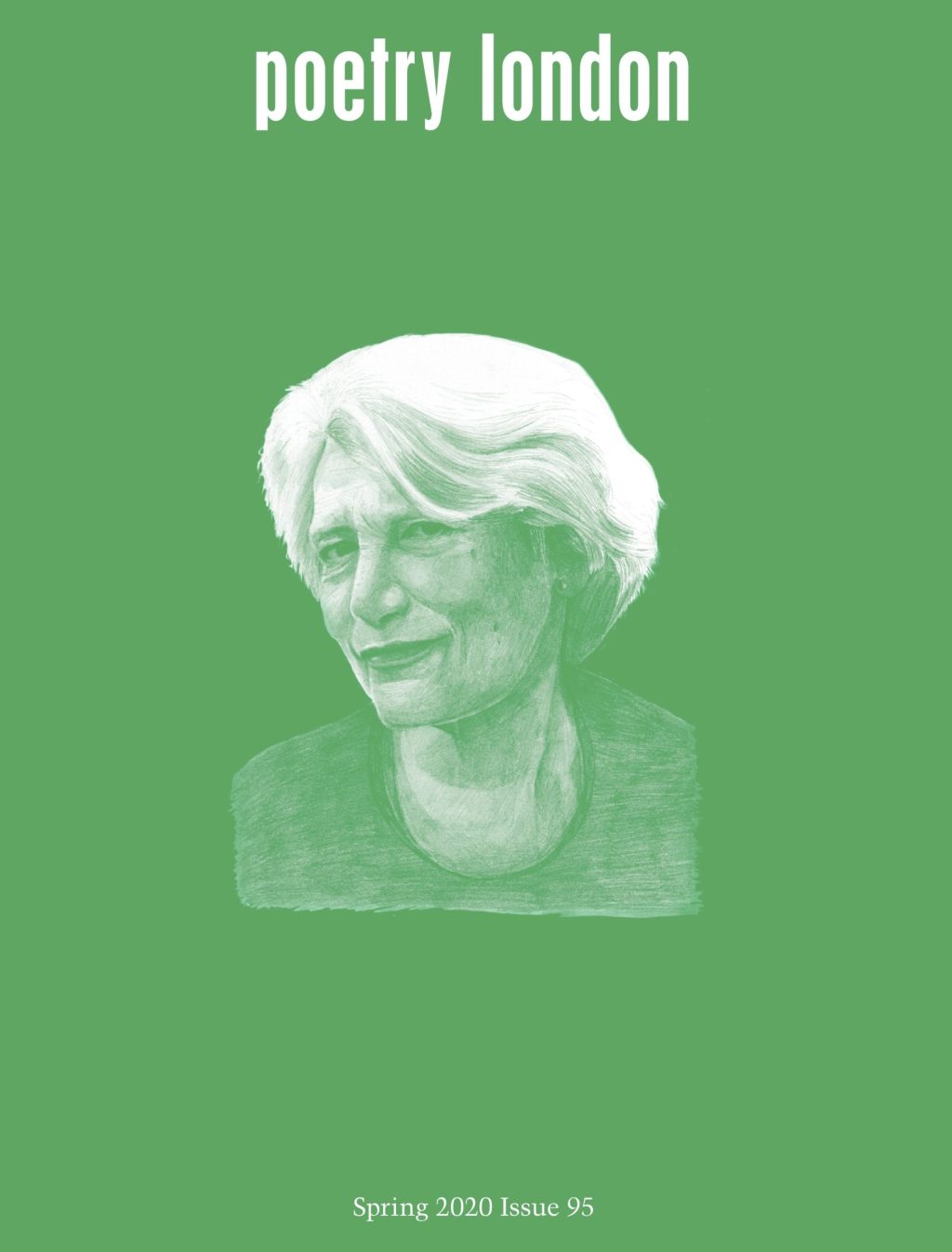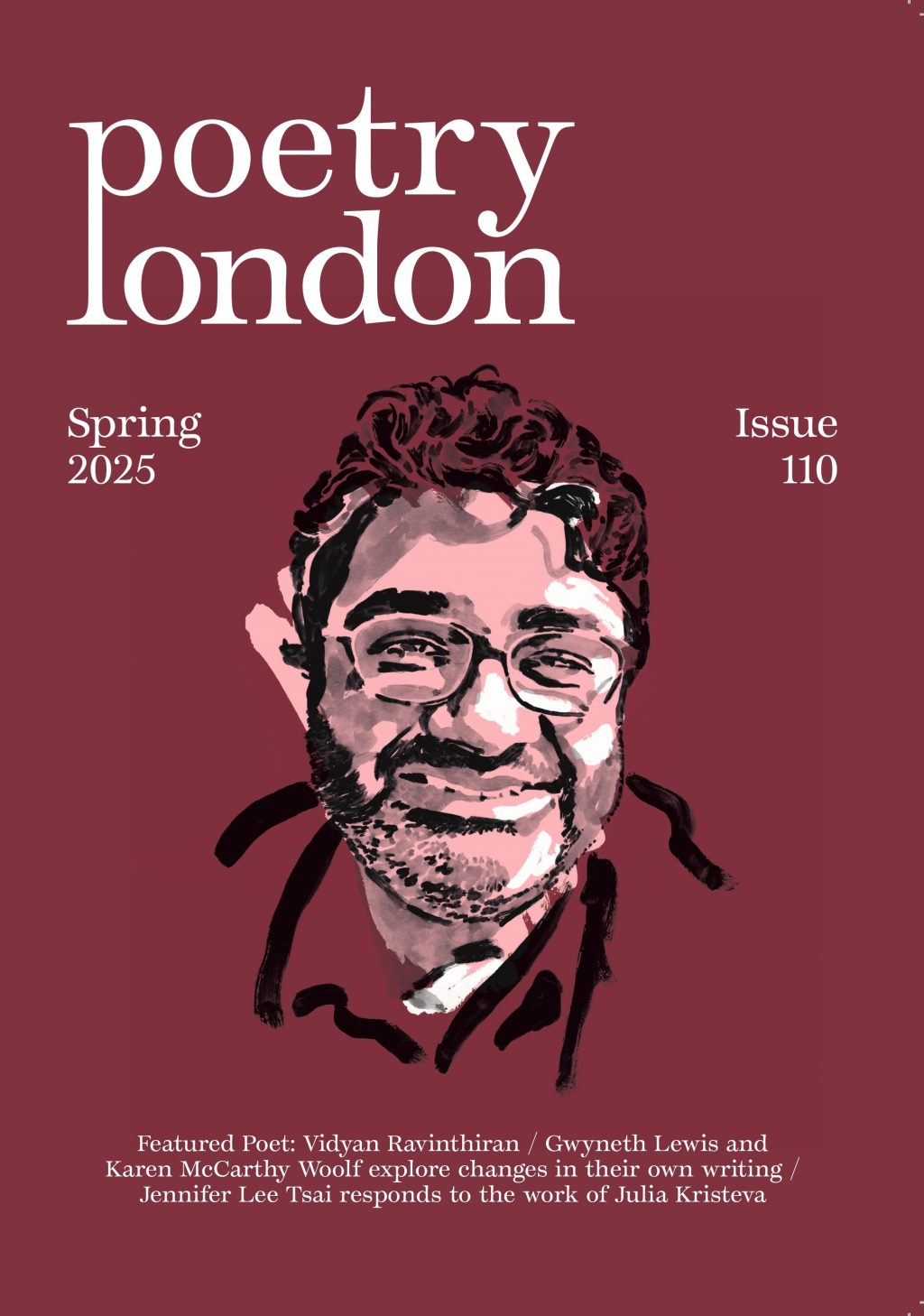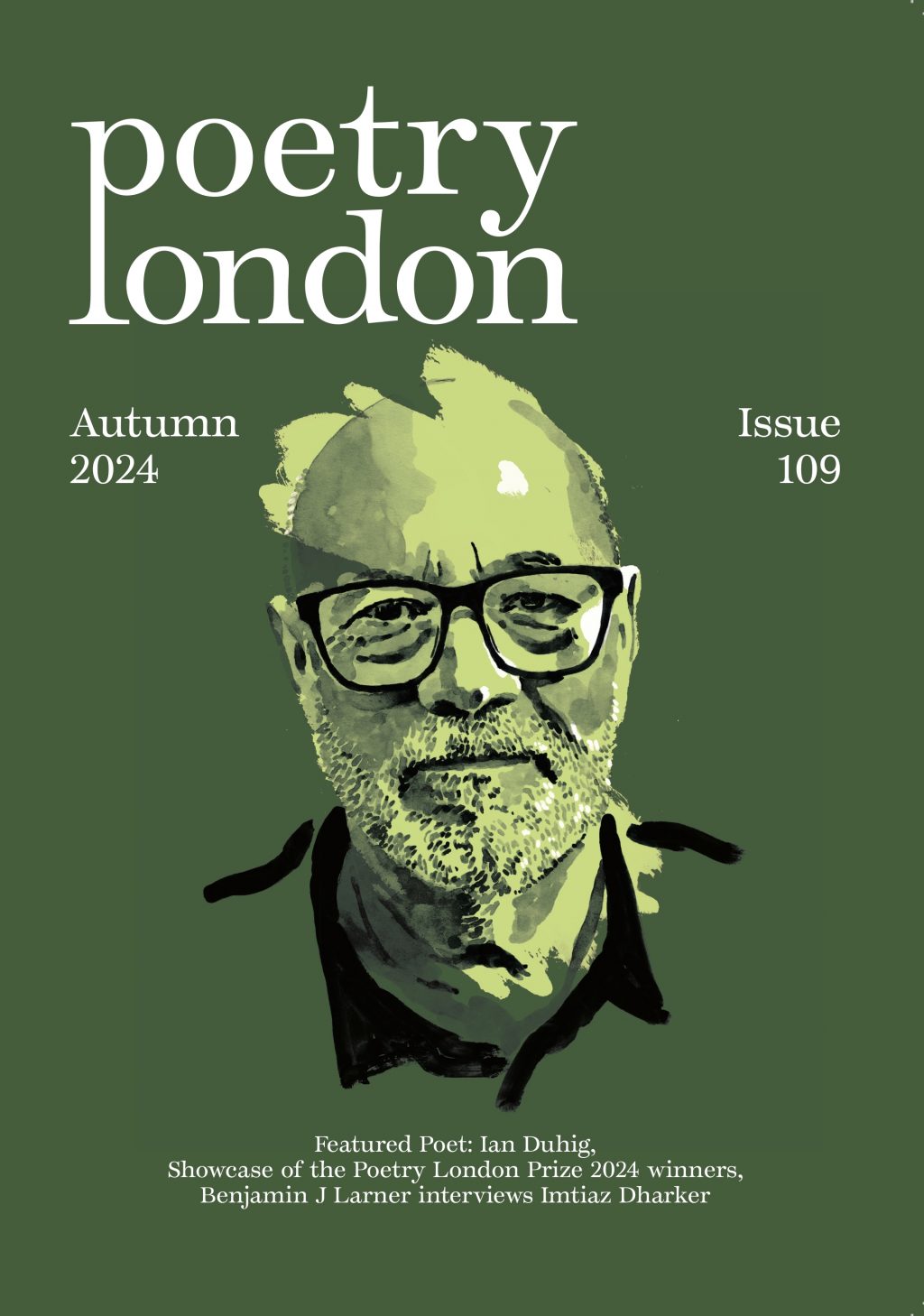How will we cope?
Rishi Dastidar on three collections that offer varied responses in an age of crisis
Mark Waldron Sweet, like Rinky-Dink Bloodaxe £9.95
Kei Miller In Nearby Bushes Carcanet £9.99
Richard Osmond Rock, Paper, Scissors Picador £10.99
I’m sure it’s something we’ve all contemplated, and not just at 4.10 a.m. when insomnia has us in its grip: how will we cope when a crisis comes? How will we react? Will we panic or stay calm? Be terrified into stasis or be able, despite our fear, to act in some way, hopefully sensibly? If we are in a place of refuge, on our own or with others, would we be a useful presence or a distressing one? And what would we do next if that refuge itself came under attack or duress?
On first glance it might not appear that the three titles under discussion have much in common. And yet, in their own, very specific ways – from the comic to the tragic to the sharp – they pose this question. Answers to it are not straightforward, but all three suggest that, however deep or shallow the crisis might be (or appear to be), it is the attitude we take that is crucial to how and whether we get through.
Some readers will no doubt pick up Mark Waldron’s fourth collection, Sweet, like Rinky-Dink, and struggle to see where any crisis might be. ‘Existence trumps non- existence every time. It has / all the colours and all the shapes and all the moves,’ as ‘The Stick’ avers, and certainly the book is bounteous in its offerings, at once playful and metaphysical, askew to the world.
Particularly intriguing is a sequence featuring a figure called Robert Manning, a recurring figure in Waldron’s books who also provides the epigraph for Sweet, like Rinky-Dink. (That epigraph is in fact a direct lift from ‘Does a Filmic Wind Tousle the Photo-Real Grass?’, a poem in Waldron’s previous collection, Meanwhile, Trees, though a reader has to figure these things out for themselves.) In the new poems this figure is spotted ‘having my cake / and eating it’, while ‘A Drip’ fleshes out the split persona: ‘(What a proper cunt that Manning is considering he’s me.)’
So something is up; something along the lines of ‘And you may tell yourself / This is not my beautiful house! / This is not my beautiful wife!’ as David Byrne once put it. Perhaps it is something akin to the disintegration described in ‘My brain is a fool,’ –
Poor brain, you don’t know who you are, whistling the tunes you wrote for another age. My dumb brain it can’t even scrawl its own name on the wall because the pen keeps falling out.
– or when a jaunty case of seppuku, the Japanese form of ritual suicide, occurs in ‘A Scabbarding’: ‘It slipped so neatly inter-twixt my sticks, / right through my unsuspecting bits and pipes.’
Is this – as someone once famously asked Richey Edwards of the Manic Street Preachers (interestingly, another artist whose humour often gets overlooked) – for real? To which the riposte is: does it matter if it isn’t? Waldron’s real power is in his tone – wry, world-weary but still spry – and it’s what allows these poems to hang together: a graceful gracelessness, an artful artlessness, which in turn allows you to read the possible awfulness as having a twinkle as well. This is impossibly difficult to pull off successfully, and he does it with rare aplomb. And the way he lands a punchline is sublime. I’m not going to spoil it for you, but read ‘I wish I loved lawnmowers’ and then tell me you didn’t giggle.
I read Sweet, like Rinky-Dink as mocking the notes of ridiculousness that, whisper it, most mid-life crises have. And it’s all the more delicious for it: ‘an old sky, / a bare wind. Have it and have it.’
Kei Miller has always had a distinct relationship to ideas of place, able – as the best cartographers are – to make sense of territory new or previously overlooked, and point us to why we should be looking there, and what we should be looking for: the stories that are being buried, being forgotten.
This method of directing us to what we really need to pay attention to, and where it is happening, is at the core of Miller’s latest collection, in nearby bushes. It asks us to a) think about bushes (and how many of us ever do, or have ever done that?), and b) think about them as a place, a site, for happiness, maybe, but much more often trangression, sin, and endings. One of the epigraphs Miller uses, from a professor of criminal justice, is worth quoting in full, as it eloquently sets this duality out:
I make a distinction between “the nearby bushes” and “in the nearby bushes”. Perhaps it is my corrupt imagination. “In the nearby bushes” equals concealment, danger, while “the nearby bushes” equals a place of opportunity to do what one wishes to be hidden from others – sex, dispose of waste be it bodily waste or household waste.
Or bodies as waste. On the following page is a list of people, how old they were when they disappeared, and when the bodies were found – ‘& these are only some.’
The book is divided into three sections: first lyrics that explore the beauty or otherwise of bushes, followed by ten micro-essays which remind us of how hard it is to come from anywhere, and then a cycle of lyrics and lyric essays in which we come face to face with the horror, and its banality, that can happen in nearby bushes.
Start with the beauty. Miller is able to simply and starkly give us an image, at once memorable and yet full of portent. ‘Here Where Run The Wild Deer’ tells of how reindeer, once brought to Jamaica for a show, are now a population 6,000 strong, ‘the new maroons’. ‘Dem sooo pretty!’ marvels the speaker when they emerge and surprise people, before noting that they also offer a ‘strange warning’ about the difficulty of ‘how to belong / where we do not belong.’
Meanwhile the micro-essays set out how contested spaces actually are, reflecting expressions of power, and base desires – ‘the New World / as if this world was not enough’ (‘Sometimes I consider the names of places’) – and crucially how we think of the places inbetween: the nowhere places, the bushes. ‘What is it called – the nameless space between, as if nothing / important happened here. As if no one important happened here’ (‘So what will we call the thing between places’).
It’s the last section of the book that will garner most attention, redolent as it is of Claudia Rankine’s Citizen, especially in its use of striking typographic effects in found texts to illustrate multiple perspectives, stories within stories, what really lies beneath the bushes – more often than not, death. In typically forensic lyrical style, Miller reveals ‘How unspectacular, this business of dying, as if any and anybody / could do it’ (II.I).
But I don’t want to leave you with the idea that this is a bleak book; rather, it is one that makes you look – again, hard – at the world around you, so you do not believe that what your eyes tell you is always real. It’s also a sharp reminder that crisis – endings – will find us, wherever we are. What are – what could be – beautiful refuges don’t exist, and are the real nowhere places.
On the evening of 3rd June 2017, a van was deliberately driven into pedestrians walking across London Bridge. After crashing on to the south bank of the river, its three occupants ran to Borough Market, stabbing people in pubs and restaurants. Eight people were killed and 48 injured before the attackers were shot dead by the police.
Richard Osmond was in the area that night, and Rock, Paper, Scissors is, as he puts it in his author’s note, ‘a response to being caught up in the incident[…] it documents my attempts to make sense of my experiences or, more often than not, to explore the ways in which they don’t make sense.’ This neatly sidesteps the initial critique that you might have had – the doubt, the sheer impossibility of it being possible to put something so momentous and tragic into a framework where it begins to be comprehensible to those of us who weren’t there.
Osmond’s approach to doing so is threefold: interwoven with his fragmented accounts of what happened on the night itself are his new translations of short verses from the Koran and from Beowulf, featuring Grendel’s attacks on Heorot. He doesn’t say why he’s taken this approach (and it’s beyond my remit to speculate), but when you see a poem called ‘Osama Bin Grendel’, it’s clear that the patterns that traumas make out of meaning are not straightforward. The tripartite structure takes us into the heart of what went on, but then does something else – suggests to us that easy answers, easy contemplations, are not going to be easily won.
The ‘reportage’ poems are the most immediately graspable. Fenton-esque in tone, they recount how Osmond and his friends ended up trapped in a bar, the police coming through and securing the area, then what happens after – memories shifting, trying to make sense of it all. What Osmond is particularly good at is showing the mind appearing to be OK, but then somehow giving itself away: ‘Like one of those people you read about who, when / they start to choke in public, hurry to the bathroom in / embarrassment and die alone’ (‘A tall thin man’).
It’s the translations though, which are the key to the book, and both sets are, in their own ways, revelatory. Osmond’s handling of the Koranic verses seems to me deftly beautiful. I especially like this from ‘Thunder’:
The lightning nearly takes their sight. They walk only when it flashes to illuminate the way but stand still in the dark.
And if someone hasn’t yet commissioned him to do a full Beowulf translation then, publishers, you are missing a trick. There is a tough and tender grace inherent to ‘such tough luck or tough men. / Such hard luck or hard men’ which is thrilling to read (‘Grendel came creeping out,’).
While reading the book a question kept nagging at me: this event was clearly transformative in some way for Osmond – but has it been transformed enough for us as readers? By which I think I mean: poetry as witness is neccessary, absolutely, but does the deliberate eschewing of an easy patina of understanding mean someone can grasp the project – and the emotions and vulnerabilities that underpin it? I think the answer is yes; but I offer you, the reader, the advice that the more you spend time with the book, the less certain of things you become. Which perhaps was his aim.
What Rock, Paper, Scissors puts me most in mind of is Auden’s The Orators, a similarly fragmented set of discourses out of which is it is possible to discern the sense of a mind taking stock of the perilious and confusing crisis in which it finds itself. But whereas Auden’s effects were those of refraction – a shattering – Osmond’s are much more direct: a punch, something easily felt, but hard to understand.
Rishi Dastidar’s second collection, Saffron Jack, is published by Nine Arches Press.


